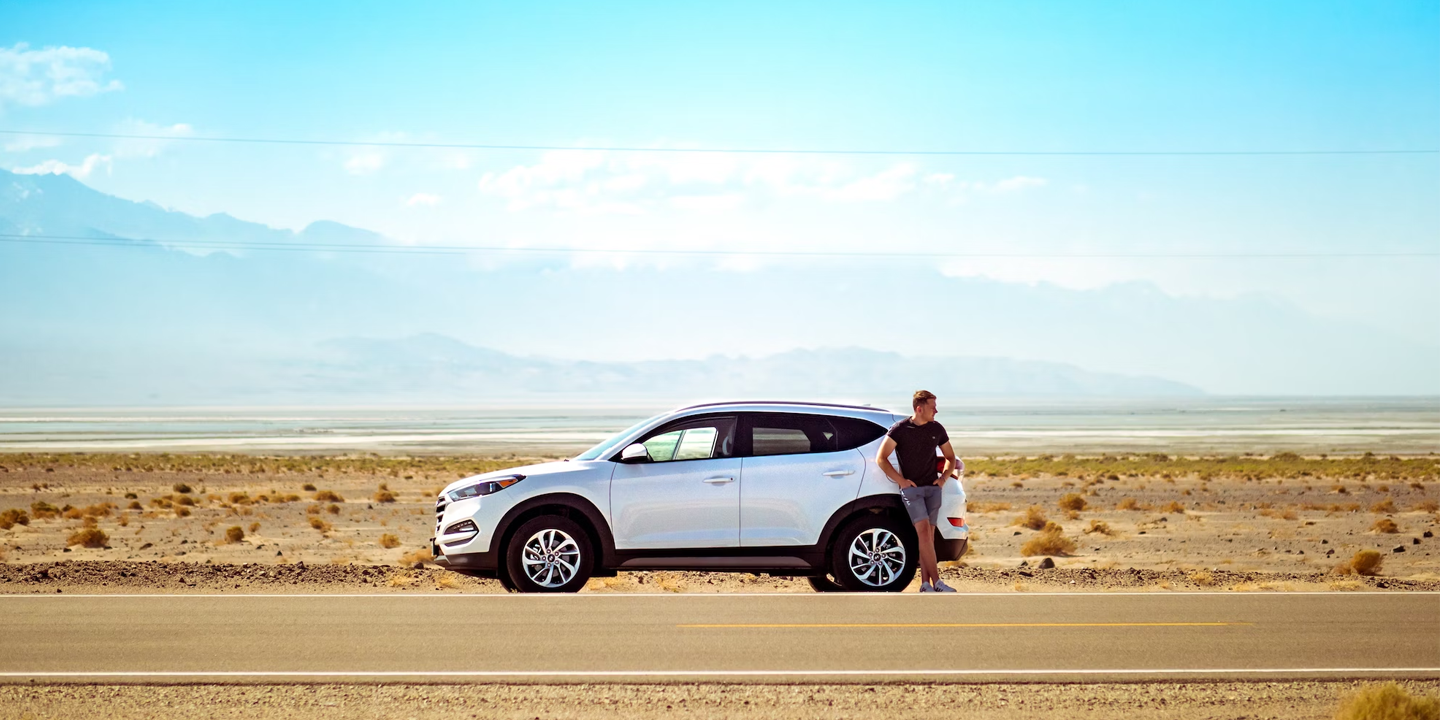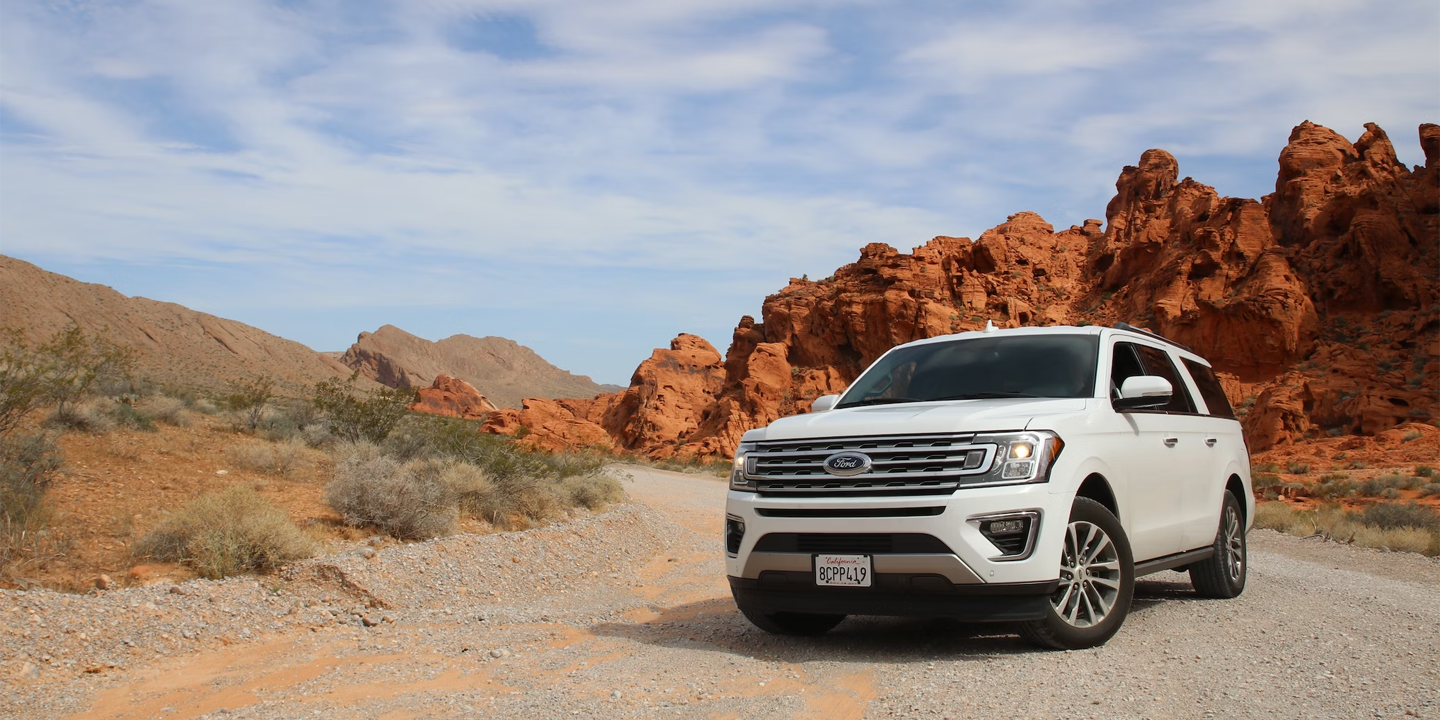It's All About The Entry
Most cars open exactly like you'd expect. But some toss the rulebook into the glovebox and try something fresh. Think secret panels, odd hinges, or doors that seem to have their own personality. This isn’t a deep dive into speed or horsepower. It’s a celebration of design decisions that turn something ordinary into a spectacle. These cars prove that even an opening can steal the spotlight.
 Dirk Vorderstraße on Wikimedia
Dirk Vorderstraße on Wikimedia
1. Lamborghini Aventador
Lamborghini didn’t invent scissor doors, but it sure made them feel essential. Every time they swing up, people stare. It’s not just for show—it helps in tight parking, too. Of course, pulling them off requires confidence. Not everyone can step out like a supervillain.
2. Mercedes-Benz SLS AMG
The gullwing mechanism utilizes roof-mounted hinges to allow near-vertical opening, reducing lateral clearance needs. Structurally, this demands reinforced roof sections, which increases weight. However, the design maintains optimal rigidity and remains iconic due to its aeronautical inspiration. A perfect fusion of mechanical engineering and legacy design.
3. BMW Z1
BMW’s Z1 made sure its doors wouldn’t get in anyone’s way. Rather than swinging, they slid vertically down into the body shell. That meant clean access even in tight spaces but also added weight and complexity. Brilliant? Maybe. Fun? Absolutely.
4. Tesla Model X
Instead of traditional rear doors, the Model X uses double-hinged “falcon wings” that lift upward. They allow access in tight spaces and adjust in real-time to avoid nearby obstacles. Sensors guide their movement, making them one of Tesla’s flashiest—and most complicated—features.
5. Koenigsegg Gemera
Of course, Koenigsegg couldn’t just open a door like a normal car. The Gemera’s dihedral synchro-helix doors twist outward like a mechanical flower. They’re ridiculous. They’re glorious. And if you break one? Good luck explaining that bill to your insurance agent.
 Herranderssvensson on Wikimedia
Herranderssvensson on Wikimedia
6. Rolls-Royce Phantom
The Phantom’s coach doors open from the rear, creating a wide, pillarless entry for rear passengers. This configuration isn't just about vintage charm—it enhances ingress and egress for those in formal attire or with limited mobility. A push-button system also closes them automatically, emphasizing effortlessness over showmanship.
7. DeLorean DMC-12
Gullwing doors weren’t new when the DeLorean arrived, but they were rare and unforgettable. Hinged at the roof, they required less space to open than traditional doors, a practical advantage disguised as flair. Forget the horsepower—the doors are what people still talk about.
8. Peugeot 1007
Unlike most cars its size, the 1007 used electric sliding front doors, a feature more common on minivans. These doors opened sideways with the press of a button, reducing door-swing clearance to zero. For city dwellers navigating tight garages or narrow streets, such a small change made a big difference.
9. Renault Twizy
Most ultra-compact EVs skip doors entirely. The Twizy offers scissor doors—unpowered, lightweight, and designed solely for visual and spatial impact. They don’t seal out the weather. They don’t provide full enclosure. But they do draw attention, creating an identity for a car that weighs less than some motorcycles.
10. Ferrari LaFerrari
This isn’t just a hinge—it’s an architectural choice. A butterfly design lifts a segment of the roof along with the door, which allows a cleaner exit from a low cabin and reinforces aerodynamic channels along the body. So, the look might scream spectacle, but the benefits are real.
11. Toyota Sera
Before butterfly doors showed up on million-dollar hypercars, they quietly appeared on a 1990s Toyota coupe. The Sera’s glass-heavy doors opened upward in a wide arc, using gas struts and clever hinge placement. Entry was smooth, visibility unmatched, and the design was years ahead of its time.
 Andrew Bone from Weymouth, England on Wikimedia
Andrew Bone from Weymouth, England on Wikimedia
12. Ford GT (2005–2006)
What happens when a car door slices into the roof? Ford’s GT answered that—by necessity, not drama. With low ground clearance and a wide sill, integrating the roof into the swing-out design was the only way to maintain structural access. Cool? Yes. Headroom hazard? Definitely.
13. BMW Isetta
The Isetta didn’t open like a car—it opened like a fridge. A single front-mounted door steering column swung wide to welcome the driver inside a bubble-shaped body. Strange, compact, and oddly charming, it made the concept of “entry” feel like an event.
 Greg Gjerdingen from Willmar, USA on Wikimedia
Greg Gjerdingen from Willmar, USA on Wikimedia
14. Tesla Cybertruck (Pre-production Model)
Handles? Not here. The Cybertruck skips door handles entirely, relying on proximity sensors and flush panels to grant access. Pre-release models also show pillarless frames and armored glass, which creates a future-forward vibe that’s more tank than a truck. Every part of its entry system signals a break from convention.
15. Pagani Huayra
On the Huayra, the gullwing doors lift cleanly from the roofline, offering full access to the cabin without needing much side clearance. It’s a smart move for a car that sits low and tight. Plus, stepping in feels more like entering a spaceship than a car.
16. Mazda RX-8
The RX-8 used rear-hinged half doors called “freestyle doors,” which allow back seat access without a full second row. These opened only after the front doors, maintaining structure without a B-pillar. It's not flashy, but clever—especially in a compact sports car that squeezed in real seating.
 Christian Geischeder on Wikimedia
Christian Geischeder on Wikimedia
17. Lincoln Continental (Coach Door Edition)
Lincoln brought back suicide doors, rebranded them “coach doors,” and hoped no one asked too many questions. Hinged at the rear, these doors open backward—once considered risky because a strong gust or sudden move could fling them wide while driving. Stylish? Yes. Safe? Let’s just say the name wasn’t random.
 Greg Gjerdingen from Willmar, USA on Wikimedia
Greg Gjerdingen from Willmar, USA on Wikimedia
18. Rinspeed Presto
Don’t look for rear doors on the Presto. It hides the extra seats until the body slides open. The car shifts from compact to roomy in one motion. That’s not just creative—it’s useful when you need space without driving a big car.
 Rinspeed Presto by Rinspeed Inc. Zumikon
Rinspeed Presto by Rinspeed Inc. Zumikon
19. Bristol Fighter
The Bristol Fighter used doors that opened outward at a precise 90-degree angle—nothing more, nothing less. Unlike supercars with upward swings, this design allowed entry even in narrow garages. Hinges positioned for balance ensured smooth, controlled movement, prioritizing geometry over drama.
20. Hyundai Veloster
The Veloster’s door layout is anything but normal. Instead of four doors, it has three—two on one side and one on the other. The extra rear door helps people get into the back seat more easily without turning it into a full-on family car.





















